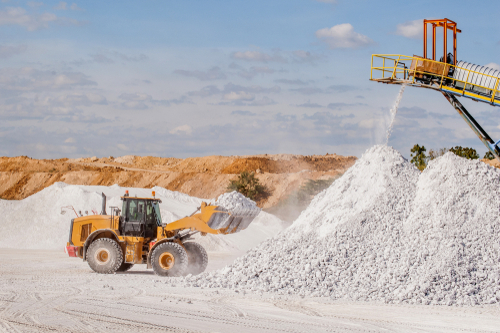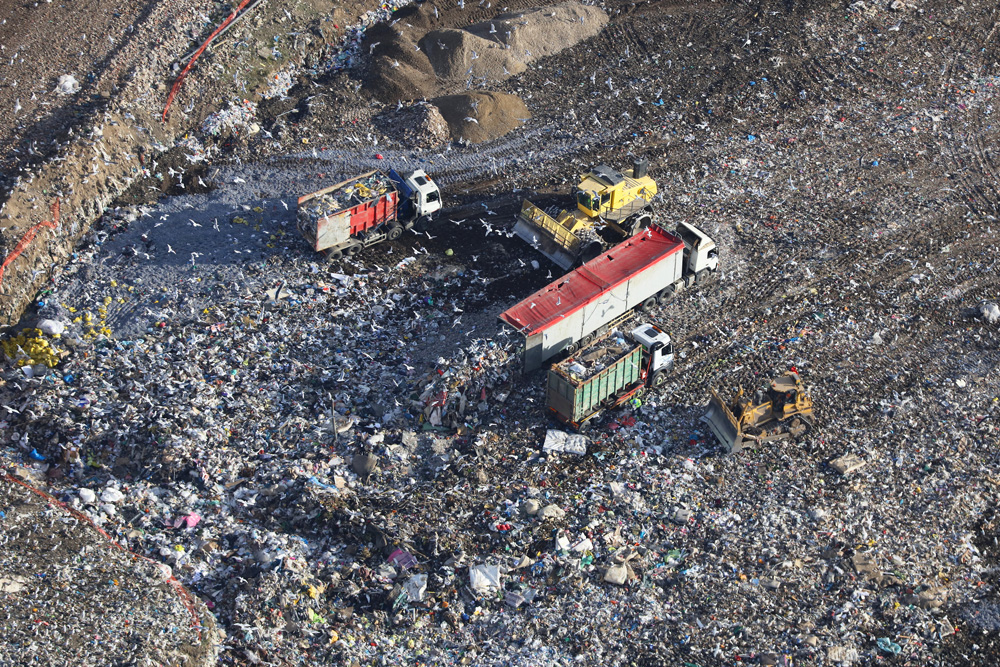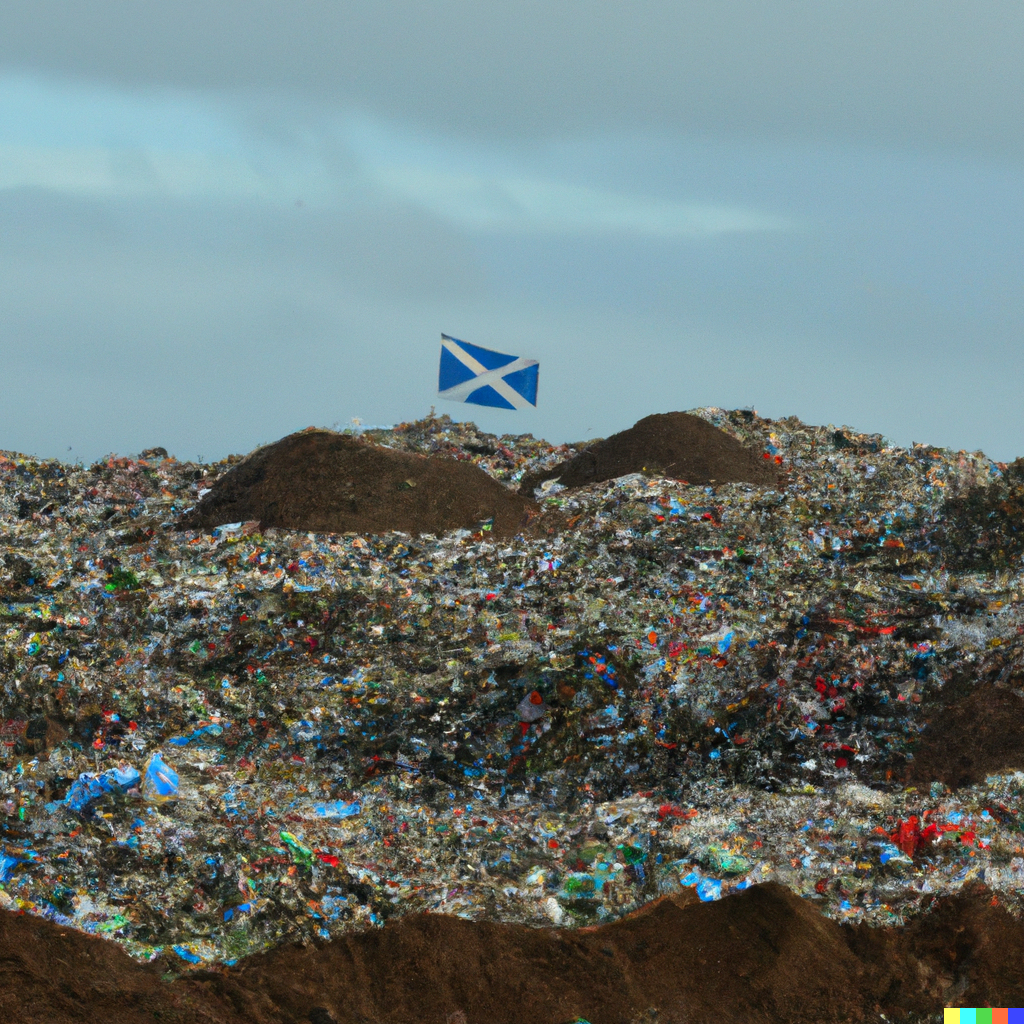On 21 April the enforcement body updated its guidance on how to dispose of waste to landfill to remind people that gypsum-based waste cannot be sent to a landfill cell that accepts biodegradable waste.

The Agency said: “You must not send gypsum-based waste (for example, plasterboard) to a landfill cell that accepts biodegradable waste.
“You must separate it for reuse or recovery to comply with the waste hierarchy. Where you cannot separate it, you must send mixed waste that contains gypsum to a landfill cell that contains no biodegradable waste, for example a stable non-reactive hazardous waste cell.
“You must classify and characterise the mixed waste that contains gypsum.”
Mixed waste must be tested to confirm it meets waste acceptance criteria leaching limits for a separate cell, the Agency says, or landfilled for hazardous waste.
Mixed waste must be stable and non-reactive to be accepted at landfills for non-hazardous waste. This means that the leaching behaviour of the waste will not change “adversely” in the long-term under landfill design conditions or foreseeable accidents.
Banned wastes
Gypsum is a soft sulphate mineral used as the main constituent in many forms of plaster, blackboard chalk, and drywall. The landfilling of gypsum with biodegradable waste was banned in 2005. In November 2008 the Environment Agency decided to scrap guidelines which meant construction waste with a gypsum content of up to 10% did not have to be separated from other waste at landfill (see letsrecycle.com story).
There are several other wastes banned from landfill. They include any liquid waste, including wastewater but excluding sludge; waste that would be explosive, corrosive, oxidising, flammable or highly flammable; infectious medical or veterinary waste; chemical substances from research and development whose effects are not known; whole or shredded used tyres, except for bicycle tyres and tyres with a diameter of more than 1,400mm; and wastepaper, metal, plastic or glass that has been separately collected to prepare it for reuse or recycling.
Where collected wastepaper, metal, plastic or glass has been treated separately, residual waste from that treatment may be sent to a landfill that is permitted to accept it.
If waste cannot be sent to landfill another way must be found to recover or dispose of it, with reference to the waste hierarchy.










Subscribe for free